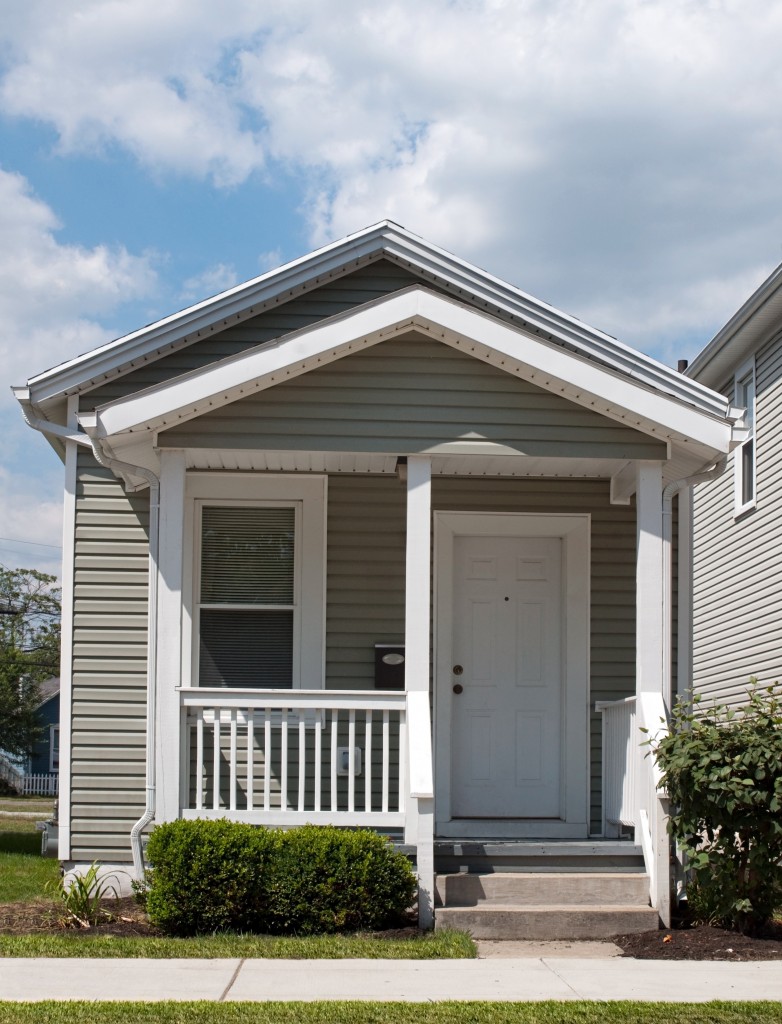Tiny homes have gained popularity over the years. There are articles, reality shows, and movements devoted to promoting the “tiny living.” Known as scaled-down housing, people in tiny homes are looking to live simpler lives by having less. The lifestyle is appealing to a variety of people, including young professionals and empty nesters. Tiny homes are cheaper than buying a property or renting an apartment. Many people like the lifestyle because it allows them to travel more by spending less.
Aesthetically speaking, tiny houses are pretty and functional. They help people keep only the things that they need. Knowing that one can live in a limited space can be amazing and appealing.
Living in a tiny home can be a complicated decision. It is true; living in a smaller space can save money. However, living in tiny homes is not without problems. In America, where homelessness is an issue, living in tiny homes can be complicated. Supporters of tiny homes advocate for accepting this way of living, while many people see it as sheds with beds. The opposition comes from landowners, community developers, and even the local government.
People living in homes could face traveler removal. Different zoning laws in the country are not in favor of such dwellings. As living in a tiny home is usually in a gray area between a house or an RV, not all local governments are fond of the idea of it.
Debunking the fantasy of tiny homes
Constructing tiny homes can be very cheap, but the cost of land is not. Housing in the U.S. is unaffordable, especially in coastal urban centers where most young professionals dream of building their tiny homes. The problem is that the places where tiny homeowners want to live are usually expensive. Moreover, some cities do not let developers utilize the land.
Hence, the growth in the number of tiny homes has slowed down because there is no place for them to be built. Even locations where zoning codes are tiny home-friendly are not viable for these houses. Local governments are looking to pass laws on tiny homes, but these are yet to be approved.

The standards for building tiny homes
Aesthetics is one thing, but the where and how of building tiny houses is the hard part. A tiny house usually measures from 150 to 500 square feet. They are usually built on wheels, which makes it easier for transportation. It works if you have a place to park, but it depends where you park it.
Zoning laws in most progressive cities do not allow building homes smaller than 450 square feet. While cities are rethinking this, nothing is still final. Applying for variance can be an option, but this does not ensure approval.
Zoning laws also require sewer and septic connections, water hookups, and lot standards that show how many homes can be built in a particular area. Most towns do not require building permits for structures less than 120 square feet, yet these structures are often seen as rooms or workshops and not livable homes.
Some cities allow smaller dwelling units called granny flats. These units, however, have a maximum number of people allowed. Some tiny home advocates recommend living in a tiny home in your backyard while you rent your large home to others.
Others can park their tiny homes in lots for a fee. As the rising problem against tiny homes arises, many tiny homeowners find a lot to place their tiny houses. They also follow utility requirements, so the zoning department does not complain about their living setup. Another solution is to build a community of tiny homes with other homeowners.
A silver lining for tiny home living
While many people are against tiny homes, there is a silver lining for those looking into pursuing this kind of lifestyle. The U.S. Interagency Council on Homelessness agrees to the potential of building tiny homes in a condition that they are not separated from the bigger community.
Small does not always mean less. A condition that the USICH wants to pursue is that these homes should not look like what is found in blogs and TV shows as chic and minimalist. These homes should be livable and acceptable for the bigger community. They should also adhere to set standards.
Living in a tiny home can be appealing, especially for the young professional looking into living sustainably. However, it does come with a lot of work. To pursue living in a tiny home, one must do extensive research and approval from the local government to ensure a smooth transition.




